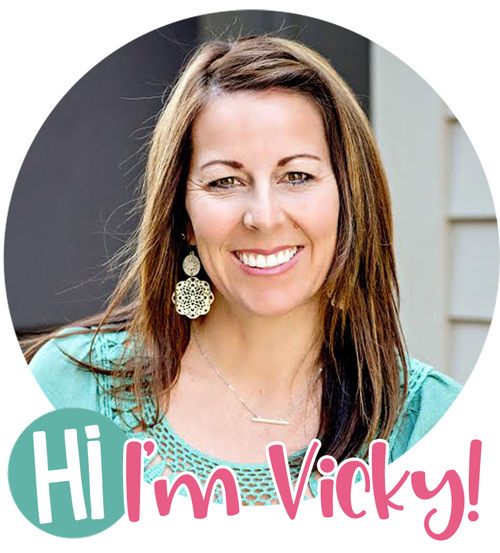Teaching small reading groups can be daunting…especially for a new teacher or if you changed grade levels and don’t have the experience teaching reading.
Well…I’ve taught small reading groups for 25 years mostly in first/second grades.
One of the important things you need to know is that reading begins with hearing! Many of my literacy students say early in the year…Mrs. Moore we don’t read books when we come here. LOL Yep, that’s about right! I work with struggling readers as a literacy specialist – intervention teacher.
What I’ve learned is: when kids can’t read yet you don’t want them to get into bad habits and use strategies that AREN’T helpful to them. Strategies that ( insert GASP here ) have been taught to teachers for year. If I have a non reader – throwing a leveled book in front of them and having them just look at pictures and guess or get the first letter and then guess is NOT going to help them. I REPEAT not HELPFUL! As you teach phonetic skills decodable books are going to give you the best bang for your buck with reinforcing what you are teaching and giving your students confidence. When you see your students looking at the WORDS and not the PICTURES you know you are doing something right. 👏
I kind of imagine having a baby – I’m not going to give it adult food right away…I need to make sure she knows how to use her mouth properly, chew etc. I start with mashed up , easy to swallow baby food first.
I’ve definitely stepped up my instruction game after completing a course on LETRS and TTT ~ which are based on the Science of Reading and truly amazing. These courses have transformed the way I teach reading and it’s been a game changer!
I could go into the use of mirrors ( explicitly teaching them the way their mouth looks, is the sound voiced/unvoiced etc. ) and sound walls that I use on the daily in my groups too but wanted to start with some tips that can get you started that don’t involve a book…yet!
A multisensory approach is extremely important and helpful. Research tells us that up to 20% of our students are dyslexic and probably not even diagnosed. The best way to teach these kiddos is to make it multisensory.
I use mats and manipulatives in my small groups everyday. Back in the day manipulatives were just for math….well not anymore my friends!
I like to use elkonin boxes that change with the seasons and then for the manipulatives I cut spiders off of plastic Halloween rings, find mini erasers, etc. to make it even more fun. You can grab the mats here.
This pack includes mats for all seasons and themes…once you move the manipulative up ( like the cars on this photo ) there’s a spot to write each sound in the box under the road – phoneme/ grapheme matching.
This next pack is just for working on HEARING the sounds – without the grapheme piece. You can grab it here.
I’ve included practice for 2, 3 and 4 phonemes with ideas on how to use it, word lists to get you started on substituting phonemes and picture cards too. These are all great practices to incorporate into your small group time.
You can read more about how the use of manipulatives and manipulating phonemes is important on my insta post here.
If you have further questions I will be posting a more indept look at teaching small groups but if you have time these are a few great books to get you started.
Equipped for Reading Success by David Kilpatrick
Speech to Print by Louisa Moates
Uncovering The Logic of English by Denise Eide
Keep learning and when you know better, do better…talk soon.
Happy Teaching!









